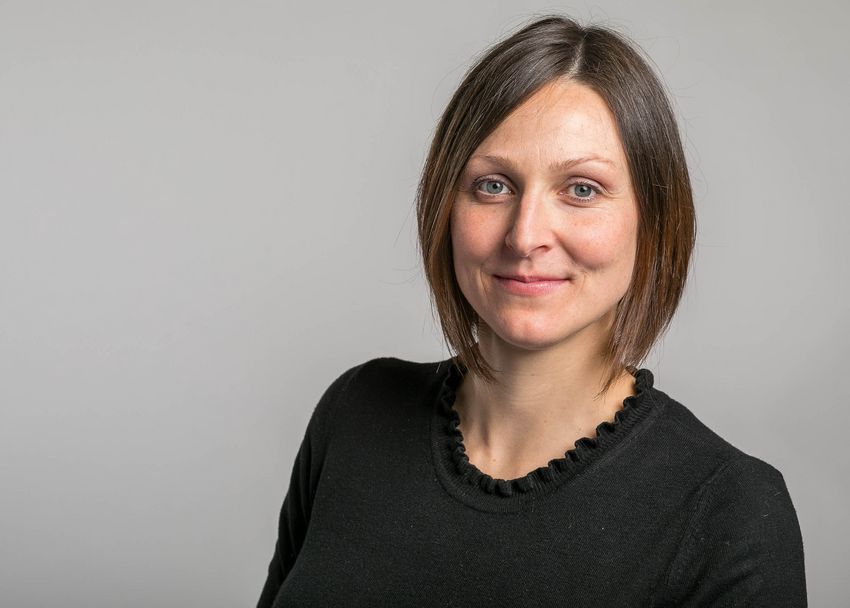Dark matter occurs in the universe about five times as frequently as normal, visible matter. But how can this be proven? Worldwide, more than 20 experiments have followed the trail of dark matter – so far without concrete results. According to its own statements, only the DAMA/LIBRA research network has so far observed signals of dark matter.
Other experiments have not yet been able to confirm the results of DAMA. With the COSINUS project, the scientists are making a new attempt to verify the measurement results obtained by DAMA/LIBRA.
Karoline Schäffner explains the idea behind the experimental setup: “COSINUS uses the same detector material as DAMA/LIBRA – sodium iodide – but combines it with another detection method. With this new mix of material and methods, we hope to verify the controversial DAMA/LIBRA signals”.
After her studies at the University of Applied Sciences in Munich, Schäffner earned her doctorate at the MPI for Physics. She then worked as a postdoctoral researcher at INFN-LNGS and GSSI. There she received a research grant of € 280,000 in start-up funding for development of the COSINUS project, which she subsequently led. The project is expected to start in 2021.
New experimental design: How COSINUS works
In the search for the hypothetical dark matter particles, there are different approaches and methods. Many experiments (e.g. those conducted by CRESST) search directly for possible traces left behind by particles of dark matter when they encounter the atomic nuclei of normal visible matter.
This also includes the DAMA/LIBRA experiment, which uses detectors made of sodium iodide. Thanks to its large detector mass (250 kg), it can detect another characteristic of dark matter particles, which is a seasonal variation in the signals observed.
“Over the course of a year, our earth orbits around the sun, which in, turn moves, on its orbit around the center of the Milky Way”, explains Schäffner. “It also crosses the Dark Matter Halo, which surrounds our galaxy like a swarm of mosquitoes. Depending on the position in the orbit, the Earth is hit sometimes more and sometimes less by dark matter particles.” DAMA/LIBRA has been observing these fluctuations for over 20 years.
In the experiment, these signals are recorded using sodium iodide crystals, a material that produces short flashes of light during particle interactions. “COSINUS also makes use of this property”, says Schäffner. “However, we’re adding another detection channel: in addition to the light flashes, we also want to measure the minute temperature changes that occur when dark matter particles collide with atomic nuclei in the material”.
Schäffner’s research team is using a proven cryogenic technology that has been developed for the CRESST experiment at the MPI for Physics over the last 20 years.
“With my return to the MPI for Physics, I am completing the circle: During my doctoral studies, I worked on the development of cryogenic detectors for the CRESST project , says Schäffner. “This was the impetus for the application of this detector technology with sodium iodide crystals, which we will now realize with COSINUS”.
